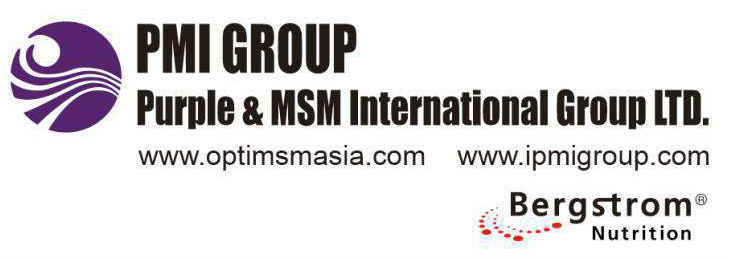
Customers listen to your voice will meet your customers ' expectations.
To purify raw MSM, manufacturers can choose to either distill the compound, which is an expensive, difficult, and time-consuming process requiring skilled chemists, sophisticated laboratory-grade equipment, and considerable industrial know-how, or they can crystallize with a “spin and wash” process, which is cheap, quick, and easy. Most manufacturers choose crystallization, which allows them to cut production costs and create a less expensive product. But crystallization has significant drawbacks; it produces a much lower quality MSM. To crystallize MSM, manufacturers wash the MSM with water and spin it in centrifuges. Though inexpensive compared to distillation, the process of crystallization is prone to trapping contaminants, and it will concentrate any impurities in the water or source chemicals used (MSM purified with this method is often manufactured in China using local municipal water supplies).
One of the most obvious benefits of more expensive MSM is that it is distilled. The best manufacturers use 4 stage distillation processes that employ heat to separate MSM from manufacturing byproducts, contaminants, and moisture, resulting in a product which is more pure and less prone to degradation. While crystallization adds moisture and then imperfectly spins it away, heat based distillation removes moisture. OptiMSM, the first brand to be made with heat-based distillation, achieves less than 0.1% water content and 99.8% purity.